What Harness Should Your Pup Be Wearing?
August 22, 2019
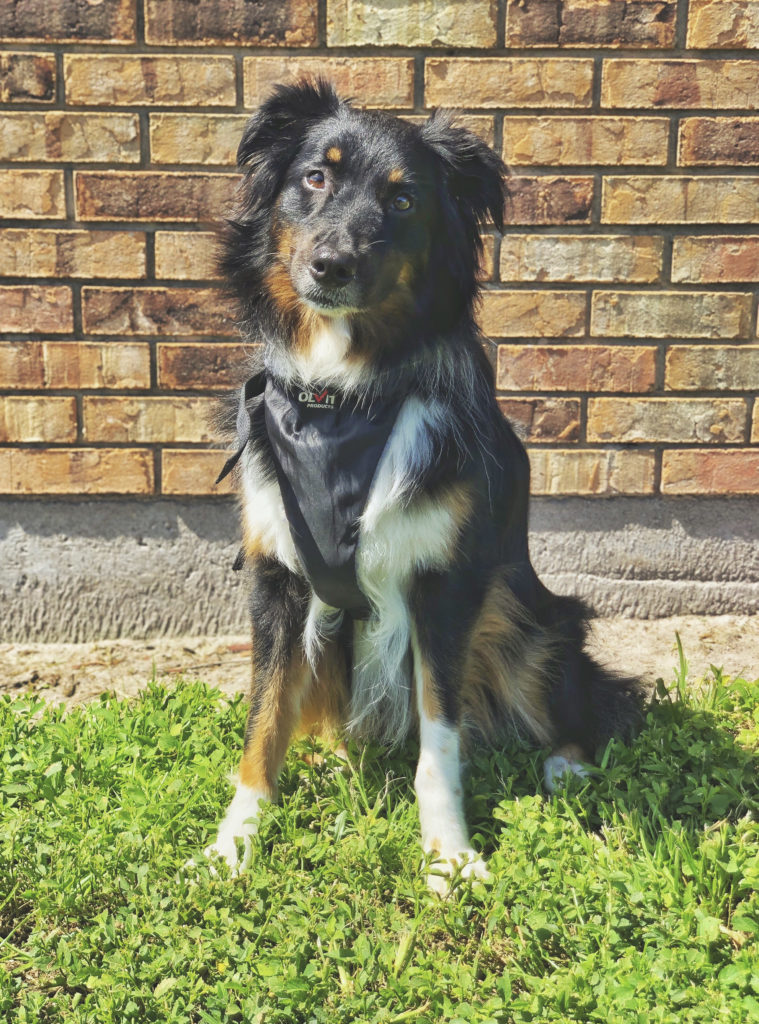
As a WAG Walker I have encountered soooo many different harnesses. Some I had never used before and had to google while sitting there with a pup that had to pee staring and judging me. I needed to really bulk up my knowledge of harnesses over the past few years and even found a harness that I love for Lily and have recommended it to everyone. There are three restraints that are my go to for Lily in different situations. I started out only using a collar but I found that she was a puller so I started using an Easy Walk Harness. She also has a back clip harness that I use in the car for her seatbelt to clip to. There are quite a few options when it comes to restraints to keep your pup and your pup safe and secure.
![]()
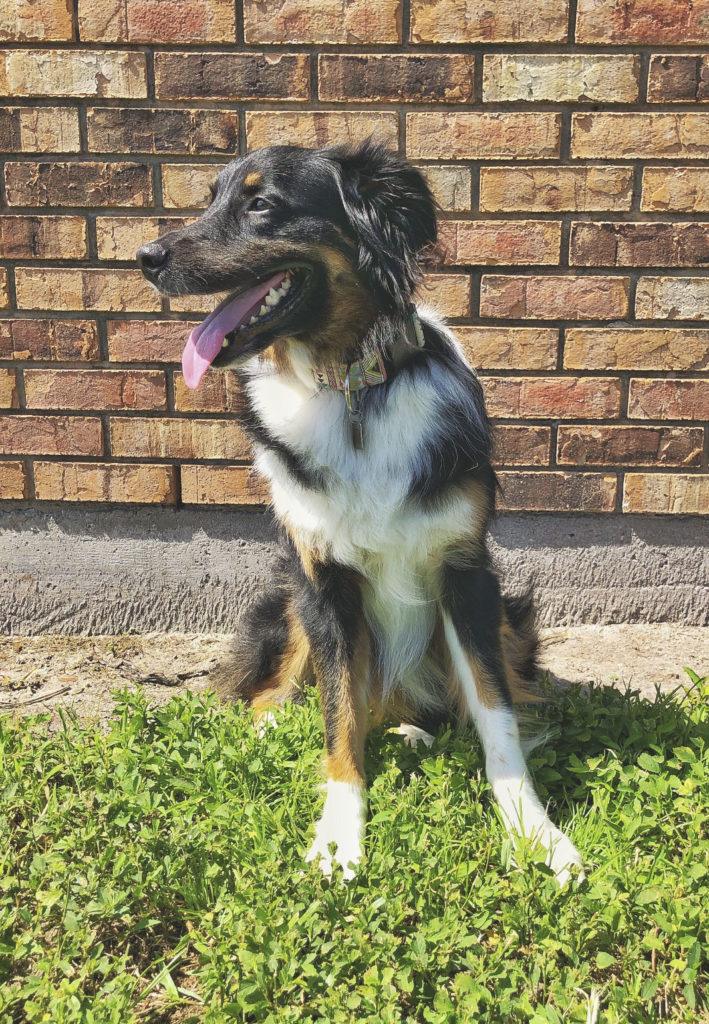 Collars
Collars
Collars are the easy go to for any pup. It goes around your dog’s neck. It also has a loop for dog tags and for clipping a leash to. Collars aren’t ideal for dogs that pull or have respiratory issues. Small dogs such as Pomeranians are more susceptible to having a weak or easily damaged esophagus, so it is encouraged to use a different type of harness for them. There are several different types of collars:
- Rolled or Flat Collars (Most common, a lot of designs available for customization)
- Martingale Collars (Perfect for skittish pups that can back out of a regular collar)
- Choke Chain Collars (Made of metal and used for all sorts of training)
- Prong/Pinch Collars (Similar to choke chain collars, made fo metal and used for training but with prongs for a more aggressive training.)
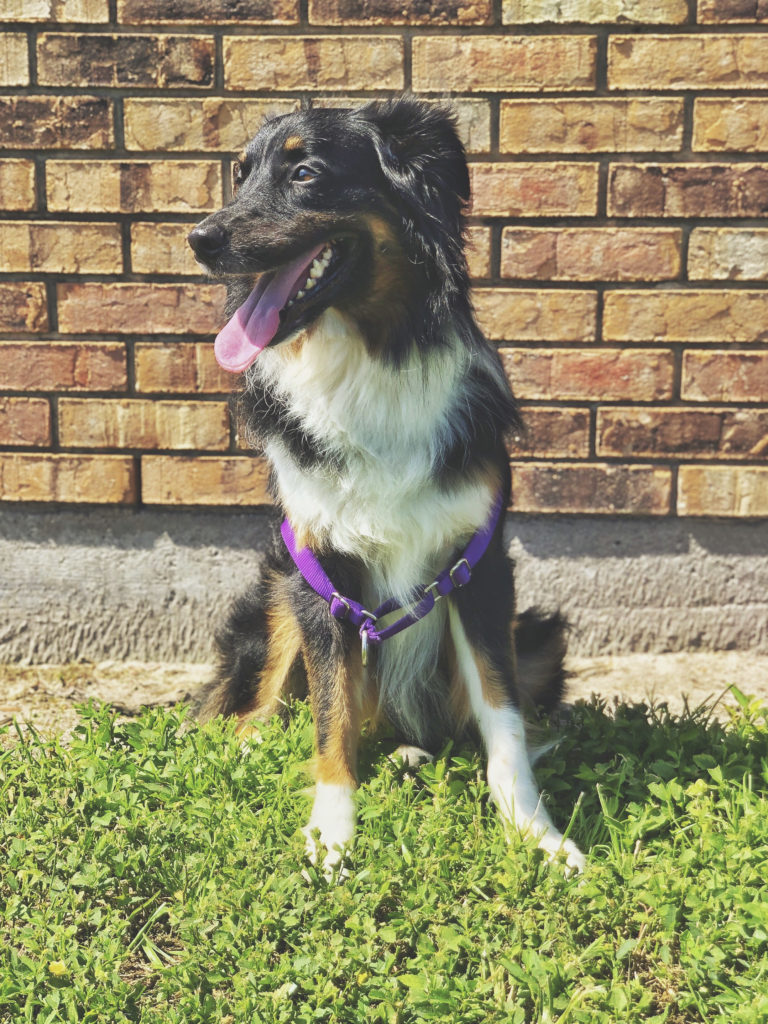 Front Attaching Harnesses
Front Attaching Harnesses
Front attaching harnesses are great for a dog that likes to pull. It is great for training a dog to walk next to you. You attach the leash to a loop located near the chest of the dog. When the dog tries to walk ahead of you the leash pulls tight and changes the direction of the pup. This causes your dog to stop pulling and assess what is going on. With training treats and commands your pup will learn quick not to pull. The con of using this particular harness lies in the placement of the leash. Because it is on the chest it will sometimes get tangled with the dog’s front legs if the leash is slack.
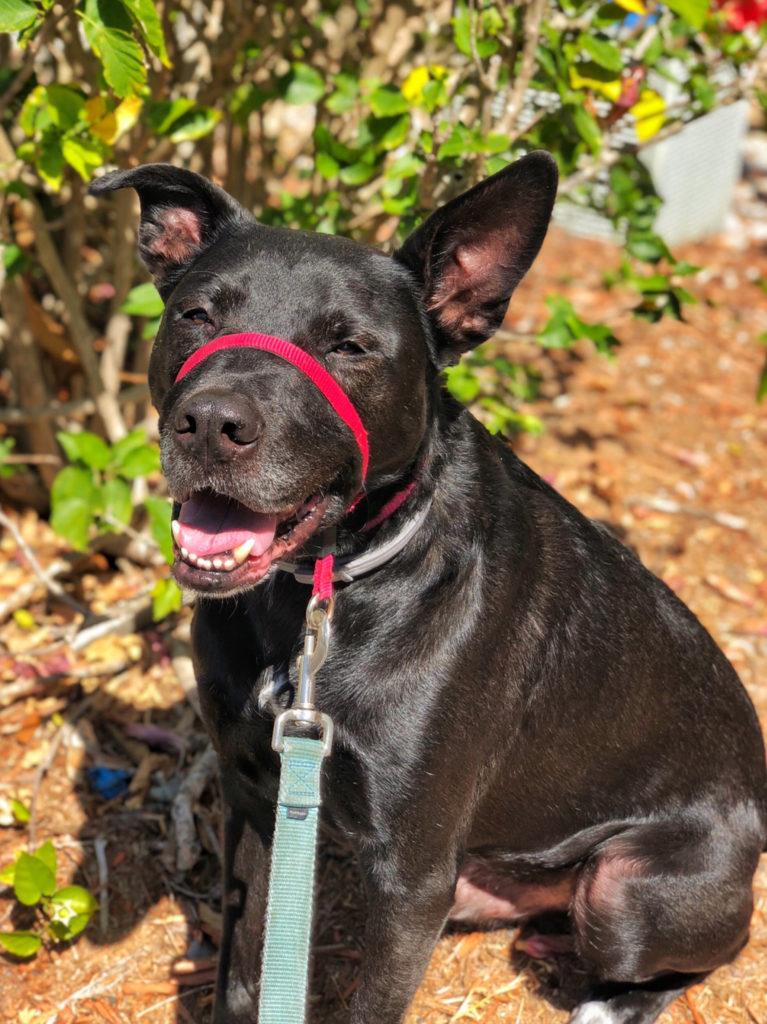 Head Halters
Head Halters
Most commonly known as a gentle leader. This is a harness that goes around the back of your dogs ears and their snoot to give you full control of where they are looking during a walk. This also gives you the advantage of training your pup not to pull. Just like with the front attaching harnesses, when the dog pulls, the leash pulls the gentle leader back towards you. This redirects the dogs energy and stops them from pulling. Again with training this will help stop this act. Some people think this looks like a type of mussel but it isn’t. It doesn’t restrict your pup in any way.
Back-Clip/Step-In Harnesses
The back-clip/step-in harnesses are ideal for dogs that can’t wear collars. This type of harness like the others is good for a dog that pulls so that it doesn’t hurt their neck. The weight of the pull is distributed on their chest instead of their neck. This is perfect for dogs that are more likely to damage their neck. It doesn’t however stop them from pulling completely as it isn’t redirecting their focus like with the front attaching harness or the head halters. The biggest con for this type of harness for me comes with having to get your dog to step into it. When Lily was a puppy she had so much energy and would jump all over making it impossible to get her into a harness like this. Now that she’s a little older she does much better.
Make sure you do some research to find what the best harness is for your pup. You know them and their personalities better than anyone. If they are a puller or need some training in walking beside you, take that into account when choosing your restraints. Remember you and your pups needs will change throughout their life so the need for certain collars or harnesses will change as well.
![]()
We hope you have an amazing week!
Love,
Jess & Lily
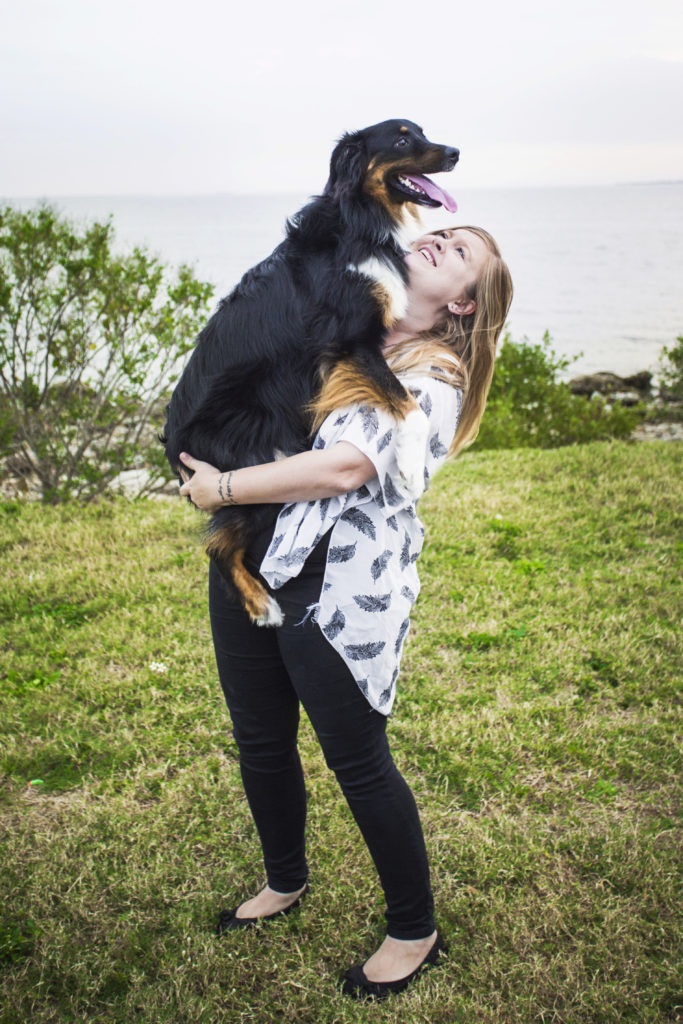
Are you interested in trying out WAG for your dog walking needs? Use my code to try it out for free! You get $50 worth of walks with my code JESSICA3650.
Add a comment
0 Comments